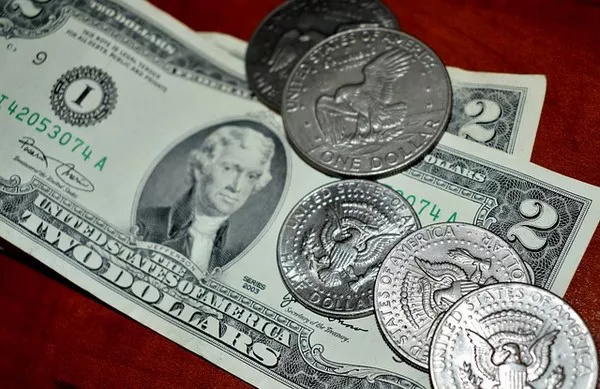In the ever-fluctuating landscape of global finance, individuals often find themselves pondering whether it’s the right time to buy or sell a particular currency. The US dollar, being the world’s primary reserve currency, garners significant attention from investors and consumers alike. Deciding whether to buy US dollars now or wait involves a multifaceted analysis of various economic factors, geopolitical events, and market trends. In this article, we delve into the considerations surrounding this decision to provide a comprehensive guide for individuals seeking to make informed currency exchange choices.
Understanding Currency Markets
Before delving into the timing of buying US dollars, it’s crucial to grasp the fundamentals of currency markets. Foreign exchange rates are influenced by a multitude of factors, including interest rates, inflation, economic stability, geopolitical tensions, and market sentiment. The interplay of these elements shapes the value of a currency relative to others, driving fluctuations in exchange rates.
Current Economic Landscape
Assessing the current economic landscape is essential when contemplating purchasing US dollars. Factors such as GDP growth, employment figures, inflation rates, and monetary policy decisions by central banks all play a pivotal role in determining the strength of a currency.
As of now, the US economy is experiencing steady growth, supported by robust consumer spending, a resilient labor market, and accommodative monetary policies. The Federal Reserve, the central bank of the United States, has maintained a dovish stance, keeping interest rates near historic lows and implementing asset purchase programs to stimulate economic activity.
Geopolitical Considerations
Geopolitical events can significantly impact currency values by instilling uncertainty and altering investor sentiment. Tensions between nations, trade disputes, and geopolitical crises can all influence the perceived stability of a currency.
In recent years, geopolitical dynamics have been marked by trade tensions between the US and China, Brexit negotiations, and geopolitical unrest in various regions. Such events have led to fluctuations in the value of the US dollar, as investors seek safe-haven assets during times of uncertainty.
Inflation and Interest Rates
Inflation and interest rates are key determinants of a currency’s purchasing power and attractiveness to investors. Central banks use monetary policy tools to control inflation and adjust interest rates, which, in turn, affect currency values.
Persistently low inflation and near-zero interest rates in the US have implications for the value of the US dollar. While low-interest rates can stimulate economic growth, they may also lead to currency depreciation over time as investors seek higher returns elsewhere.
Market Sentiment and Technical Analysis
Market sentiment and technical analysis play a significant role in currency trading. Sentiment indicators, such as the Commitments of Traders (COT) report, provide insights into the positioning of market participants, while technical analysis tools help identify patterns and trends in price movements.
Analyzing market sentiment and technical indicators can aid in timing currency transactions. Bullish sentiment and positive technical signals may suggest a favorable environment for purchasing US dollars, while bearish sentiment and negative technical patterns could indicate the need for caution.
Considerations for Buying US Dollars Now
Several factors may favor buying US dollars at the present moment:
Economic Recovery: The US economy is undergoing a robust recovery, supported by fiscal stimulus measures and vaccination efforts. Strong economic fundamentals may bolster confidence in the US dollar.
Interest Rate Divergence: With the Federal Reserve maintaining low-interest rates, the interest rate differential between the US dollar and other currencies may remain favorable, attracting investors seeking yield.
Safe-Haven Appeal: During periods of uncertainty, the US dollar often serves as a safe-haven asset, attracting capital inflows during geopolitical turmoil or market volatility.
Considerations for Waiting
Conversely, there are reasons why one might consider waiting before purchasing US dollars:
Inflation Concerns: Persistent inflationary pressures could erode the purchasing power of the US dollar over time, potentially leading to depreciation relative to other currencies.
Policy Shifts: Changes in monetary or fiscal policy by the Federal Reserve or the US government could impact the value of the US dollar. Waiting for clarity on policy direction may be prudent.
Market Volatility: Heightened market volatility or unforeseen geopolitical events could lead to fluctuations in currency values. Waiting for a more stable environment may mitigate risks.
Conclusion
The decision to buy US dollars now or wait requires careful consideration of various economic, geopolitical, and market factors. While the current economic landscape and favorable interest rate differentials may support purchasing US dollars, individuals should remain mindful of inflationary pressures, policy shifts, and market sentiment. Ultimately, consulting with financial advisors and conducting thorough research can help individuals make informed decisions aligned with their financial goals and risk tolerance.


